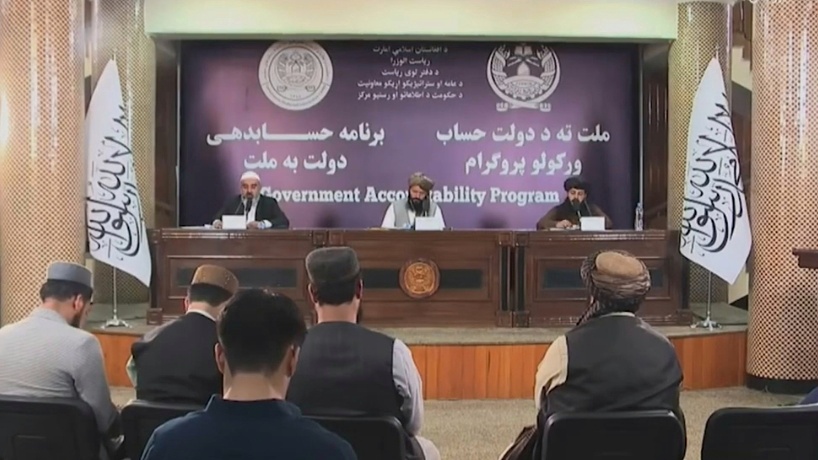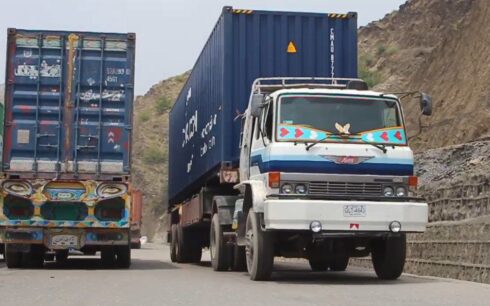Da Afghanistan Breshna Sherkat (DABS), the country’s power distributor now under Taliban control, announced on Tuesday that the World Bank has expressed its willingness to fund the companies responsible for implementing the critical regional energy transmission project known as CASA.
The Central Asia-South Asia power project, CASA, is designed to transfer electricity from Kyrgyzstan and Tajikistan to Pakistan through Afghanistan.
Following the fall of the republic in 2021, the World Bank took on the responsibility of financing this project in Afghanistan, but its progress came to a halt.
In a press conference held in Kabul, Safiullah Ahmadzai, the head of DABS under the Taliban administration, stated that the World Bank has now agreed to compensate the contract companies involved in the CASA project.
“We will continue our activities in the private and industrial sectors, and we will also make it a partner in the media sector. We received $9.7 million from the committee last year,” Ahmadzai said.
The estimated cost of the CASA-1000 project in Afghanistan stands at $263 million, according to former DABS head Amanullah Ghalib. He added that an additional $100 million will be required by the Taliban to complete the project.
Ghalib emphasized that the project’s aim is to encourage investment in the energy sector, considering its importance for Afghanistan’s stability in the region.
At present, Afghanistan imports the required electricity from Central Asian countries and Iran, incurring substantial expenses each year.
The CASA-1000 project was initially proposed in 2005 during the Regional Economic Cooperation (RICA) meeting and was scheduled to commence operations in 2020.
Once operational, CASA-1000 is projected to bring up to $65 million in annual transit rights revenue for Afghanistan.
CASA-1000 represents a significant renewable energy infrastructure endeavor that will transport 1,300 megawatts of surplus electricity from Central Asia to high-demand markets in South Asia through newly constructed energy infrastructure. All four participating countries stand to benefit from this multinational, multi-donor infrastructure project, promoting renewable energy access and enhancing regional power grids to benefit millions of electricity users.



